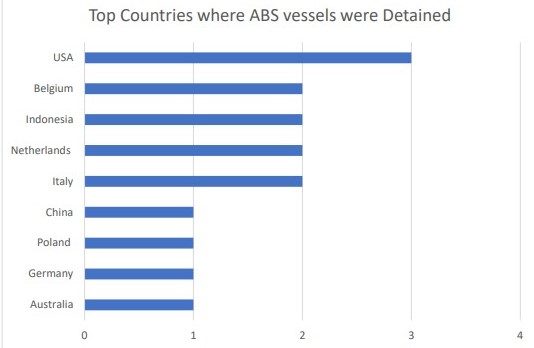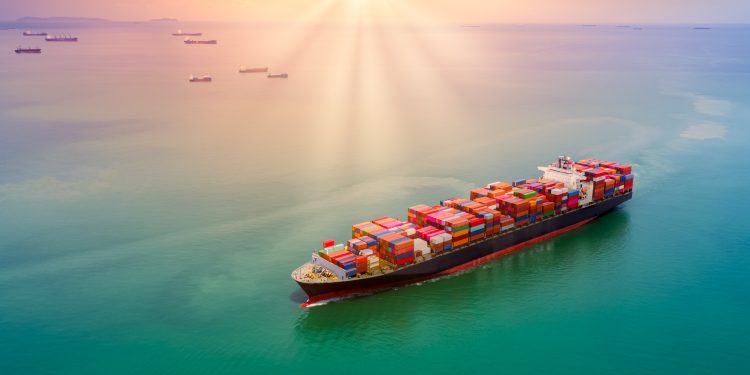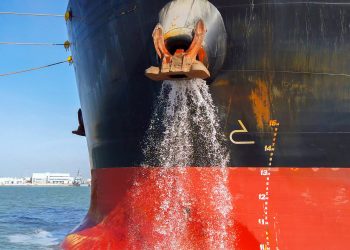ABS published its Quarterly Report on Port State Control (PSC), providing information to owners on deficiencies identified on ABS vessels during inspections carried out by the various PSC regimes globally during the 1st Quarter of 2022.
Top Categories for Grounds for Detention
For the period 01 January 2022 to 31 March 2022, the top categories for PSC detentions on ABS vessels in the Paris MoU, Tokyo MoU and USCG database are the following:
- ISM
- Fire Drills
- Fire pumps & its pipes
- Remote Means of control (opening, pumps, ventilations etc.) Machinery Space
- Fire Dampers
[smlsubform prepend=”GET THE SAFETY4SEA IN YOUR INBOX!” showname=false emailtxt=”” emailholder=”Enter your email address” showsubmit=true submittxt=”Submit” jsthanks=false thankyou=”Thank you for subscribing to our mailing list”]
For the Paris MoU, Tokyo MoU and USCG, there were 210 vessels detained. Of those detained vessels, 15 vessels were classed by ABS. ABS assisted the owner/operator to address the deficencies so that the PSC detention could be lifted and the vessel could sail.
Top Countries where ABS Vessels were Detained
Out of the 15 detained vessels Classed with ABS, the location of the countries where the detention occurred, is as follows:
- USA
- Belgium
- Indonesia
- Netherlands
- Italy
- China
- Poland
- Germany
- Australia
ABS assisted the owner/operator to address the deficencies so that the PSC detention could be lifted and the vessel could sail.

Top Categories for Deficiencies
For the period 01 January 2022 to 31 March 2022 the top categories for deficiencies on ABS vessels that had Port State Control interventions are:
- Auxiliary engine
- Propulsion main engine
- Other (Fire Safety)
- Other (machinery)
- Lights, shapes, sound signals
- Covers (hatchway, portable, tarpaulins etc.)
- Other (bulk carriers)
- Electrical equipment in general
- Operation of machinery
- Other Safety in general
- ISM
Top Countries for Interventions on ABS Vessels
For the period 01 January 2022 to 31 March 2022 the top countries where ABS vessels had Port State Control interventions are listed in the table below:
































































